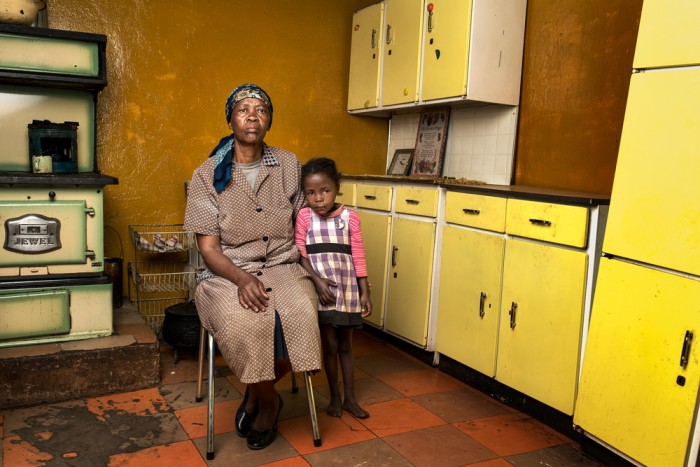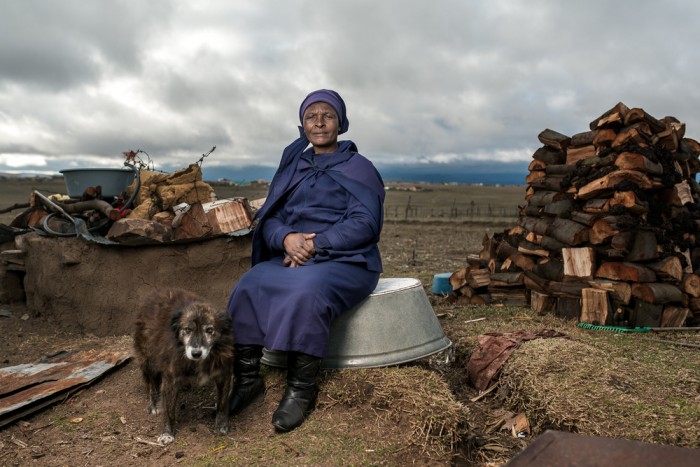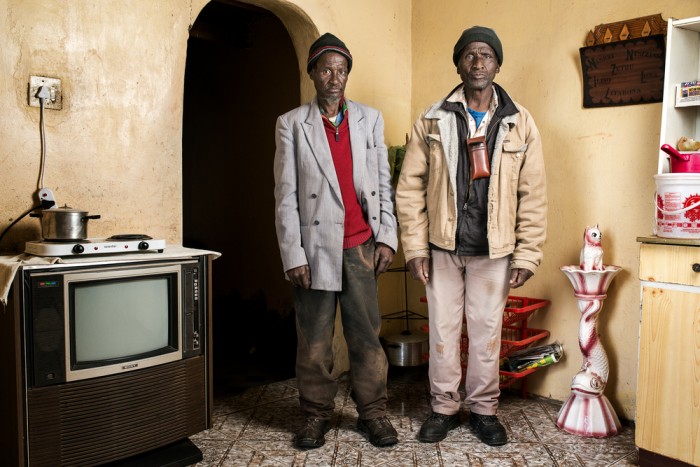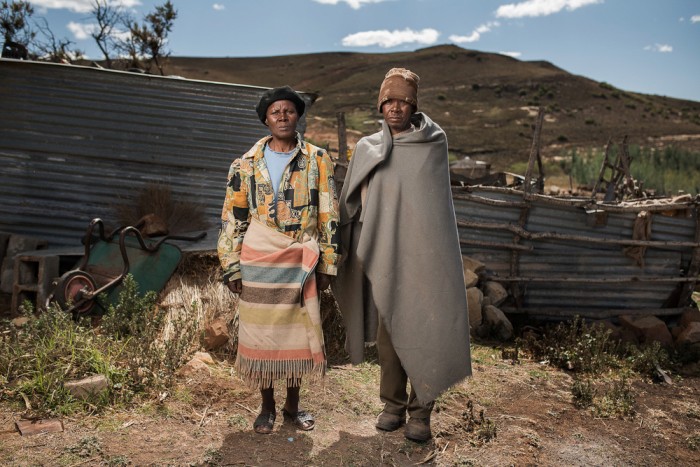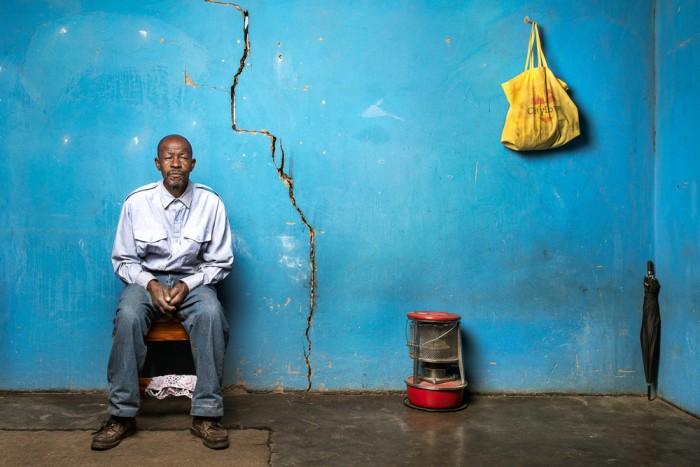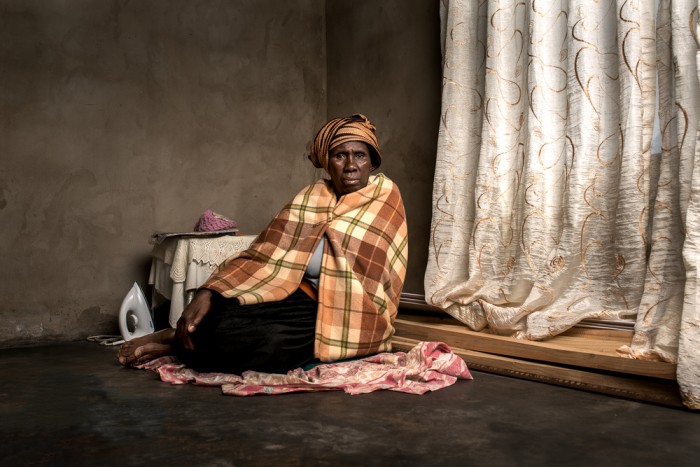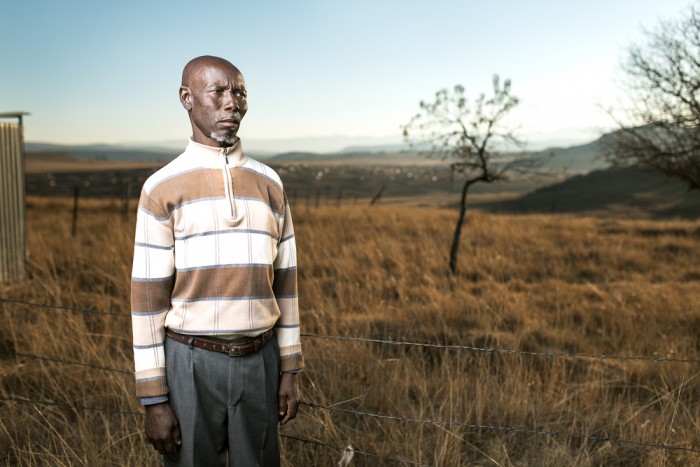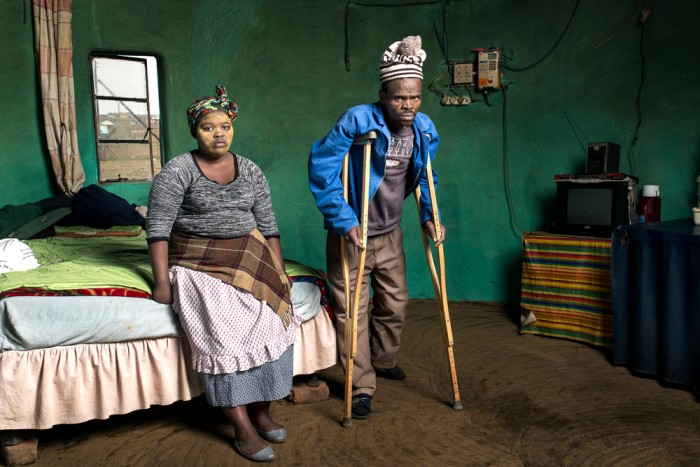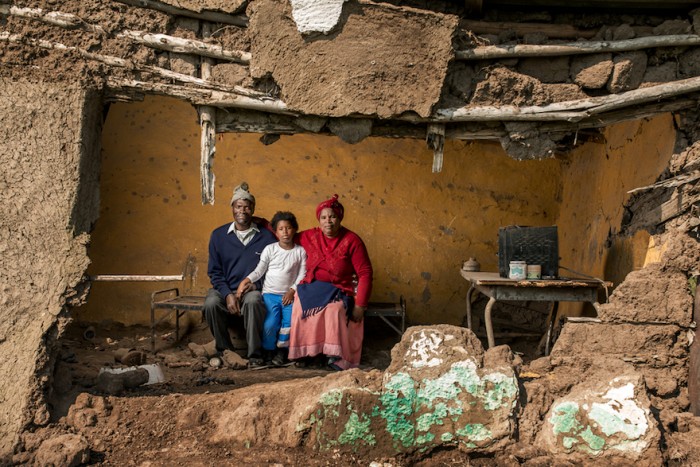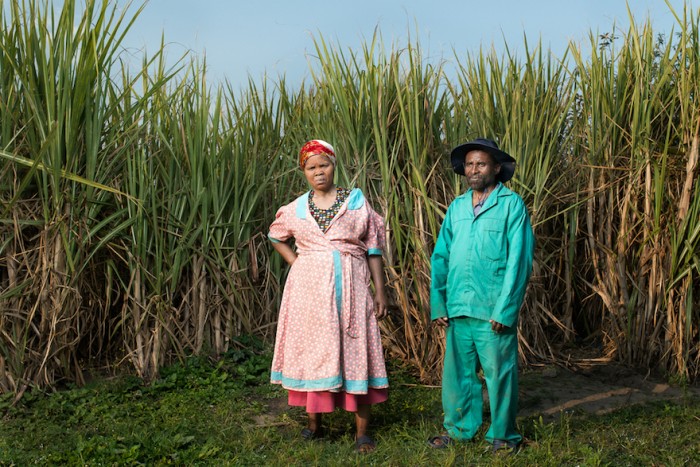"Don't be a photographer" was the first piece of advice British-born, Cape Town-based photographic artist Thom Pierce ever received. “I know it sounds strange to say that this was the best advice,” he says, adding that what at first seemed like discouragement at the age of 18 led him down a path that would see him hone his instincts before picking up a camera. Now, the award-winning photographer is behind a number of thought-provoking series such as The Horsemen of Semonkong, The Price of Gold and Andriesvale.
We spoke to Pierce about what shaped his signature style, a form of documentary photography that can easily be mistaken for fine art. It all began when a career advisor steered him on a different path without ever having seen his work.
“He [career advisor] just thought I did not have the right demeanour to be a photojournalist and presumed that is what I wanted to be,” says Pierce.
Pierce went on to study music and toured the world with famous bands before picking up the camera again. “I became engaged and interested in different people and places and then, when I went back to photography, I had a completely different set of life skills and experiences. Photography is really just a conduit for self-expression.
I think that the really effective photographers are probably interested in subjects more than the mechanics of photography.
Here are nine more nuggets of advice Pierce picked up along the way:
#2 Always carry a notebook
“When dealing with people I always feel it is important to note down their names and information about them,” says Pierce, noting that photography is as much about the people involved in the project as it is about the finished product.
“I am very conscious of this and I am always trying to keep aware of the subject. I usually take the time to interact with people before I even start setting up for the photograph. To me this is a really important part of the process, to explain the project, the intentions and the reasons for doing it.”
#3 Always use consent forms
Expanding on his human-centred approach, Pierce makes a point of getting permission from his subjects. “There is a great app called Easy Release that I use. For my work, I am not a believer in the shoot first, ask permission later technique,” he adds.
#4 You need a strong moral compass
“You have to know what you stand for and the boundaries of your work,” says Pierce. On his process, Pierce, adding that a turning point in his career came when he discovered his own interests.
“I think that, as an artist, working on your own self-motivated projects, you have to work to your own aesthetic, your own interests and create work that you love, rather than pandering to an audience. If you are lucky enough to make work that other people relate to and find engaging then you are working on your own terms and staying true to your voice, that’s the best place to be in as a creative in any field.”
#5 A flexible vision for the project
Pierce begins every project with months of rumination and preconceptions, followed by extensive research. But it really gets off the ground when he travels to his desired destination.
“I don’t take many photographs and I mostly know instinctively when I have what I want and will have a very clear idea what I am doing beforehand. I will check for fundamental problems on the back of the camera (focus, lighting etc.) and will then keep adjusting small details until I am happy,” he adds.
#6 A good assistant
I feel like many of my projects have succeeded or failed on the quality of the people that have helped me.
#7 A basic grasp of the local language
#8 Good light
It’s important to know how to work with natural and flash light, says Pierce. His own training came from informal reading. “You have to know your gear and you have to know about lighting, aperture, composition and everything else, but most of the skills that I use in my work can’t be taught in a formalised environment, they are interpersonal life skills. Knowing yourself and understanding others.”
#9 Always carry enough suncream
#10 Probably take a camera everywhere
Once the photographs are taken, that's just the beginning. What you do with them afterwards is just as important.
"You are not going to get anywhere if you just sit around and wait to be discovered. So make great work that you are passionate about, write an artist statement that is short but engaging, and then send it out to magazines, blogs, galleries, newspapers etc. anyone that you think may find it interesting," says Pierce. "You probably won’t hear from most of them but if you do and someone publishes it and other people like it then the wheels are in motion and, after a while, people may come to you."
The photographs featured in this article are selections from Pierce’s The Price of Gold series. Commissioned by South African civil rights groups the Treatment Action Campaign and Section 27 in October 2015, Pierce travelled around South Africa's Eastern Cape, into Lesotho and up to Johannesburg to photograph 56 miners and widows who were embroiled in a court battle with 32 gold mining companies. The miners and their widows were seeking compensation from the companies after a number of the workers contracted silicosis or tuberculosis as a result of exposure to silica dust in the gold mines since 1965. See this series and more on Pierce’s website.

